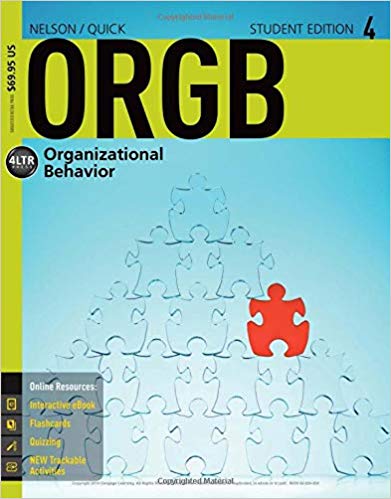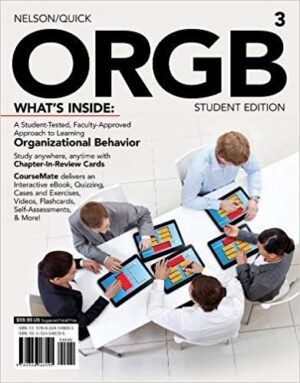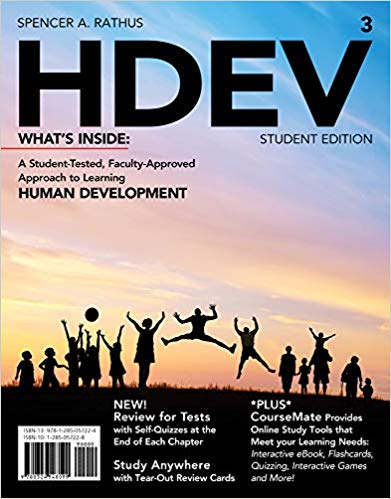ORGB4 4th Edition by Debra L. Nelson – Test Bank
Do you need test banks fast? eTestBank.net is the best test bank website for you! Download your test bank right after you pay. No waiting!
Why eTestBank.net is Great:
✅ Instant Download:
Get your test bank right away after payment.
✅ Unlimited Downloads:
Download your test bank anytime and as many times as you want.
✅ 24/7 Live Help:
We are here to help you all day, every day.
✅ Guaranteed Delivery:
If you don’t get the download right away, we will send it to you in 3 to 6 hours.
How to Get Your Test Bank:
- Pick Your Test Bank: Choose from many test banks.
- Pay Safely: Pay securely on eTestBank.net.
- Download Instantly: Get your test bank immediately after payment.
- Download Anytime: Unlimited downloads whenever you need them.
Need Help? Contact Us:
📧 Email: [Support@etestbank.net]
📱 WhatsApp: [https://wa.me/message/MC222DLQ4GDXL1r]
Didn’t Get Your Download?
Don’t worry! If you don’t get the file right away, we’ll send it to you in 3 to 6 hours. Need it sooner? Contact us by email or WhatsApp.
💡 Buy now from eTestBank.net for instant downloads, unlimited access, and 24/7 support—get your test bank today!
1. Attitudes are an important factor in organizational behavior because:
a. they are not measurable.
b. they are responsible only for the negative behavior of employees at work. c. they are closely linked to behavior.
d. they can be measured only by observation.
ANSWER: c
DIFFICULTY: Easy
LEARNING OBJECTIVES: ORGB.NELS.15.04.01
NATIONAL STANDARDS: United States – BUSPROG: Analytic
STATE STANDARDS: United States – Ohio – DISC: Leadership Principles
KEYWORDS: Bloom’s: Knowledge
2. An individual’s psychological tendency expressed by evaluating an entity with some degree of favor or disfavor reflects:
a. an attitude. b. one’s mood. c. values.
d. ethics.
ANSWER: a
DIFFICULTY: Easy
LEARNING OBJECTIVES: ORGB.NELS.15.04.01
NATIONAL STANDARDS: United States – BUSPROG: Analytic
STATE STANDARDS: United States – Ohio – DISC: Leadership Principles
KEYWORDS: Bloom’s: Knowledge
3. Which of the following sentences is NOT an indication of affect?
a. He believes that young employees are error-prone. b. She dislikes eating lunch in the company cafeteria. c. He prefers group discussion.
d. She likes the new phone system.
ANSWER: a
DIFFICULTY: Moderate
LEARNING OBJECTIVES: ORGB.NELS.15.04.01
NATIONAL STANDARDS: United States – BUSPROG: Analytic
STATE STANDARDS: United States – Ohio – DISC: Leadership Principles
KEYWORDS: Bloom’s: Application
4. Asking an employee whether he or she would use a new computer software package is an attempt to determine:
a. affect.
b. cognition.
c. the emotional component of attitude. d. behavioral intention.
ANSWER: d
DIFFICULTY: Moderate
LEARNING OBJECTIVES: ORGB.NELS.15.04.01
NATIONAL STANDARDS: United States – BUSPROG: Reflective Thinking STATE STANDARDS: United States – Ohio – DISC: Leadership Principles KEYWORDS: Bloom’s: Application
5. When one’s attitudes and required job behavior conflict, may occur. a. affect
b. attitude consonance c. social learning
d. cognitive dissonance
ANSWER: d
DIFFICULTY: Easy
LEARNING OBJECTIVES: ORGB.NELS.15.04.01
NATIONAL STANDARDS: United States – BUSPROG: Analytic
STATE STANDARDS: United States – Ohio – DISC: Individual Dynamics
KEYWORDS: Bloom’s: Knowledge
6. Attitudes are learned and two major influences include:
a. repeated behavior and emotions.
b. direct experience and social learning.
c. cognitive dissonance and negative affectivity. d. moods and emotional intelligence.
ANSWER: b
DIFFICULTY: Easy
LEARNING OBJECTIVES: ORGB.NELS.15.04.02
NATIONAL STANDARDS: United States – BUSPROG: Analytic
STATE STANDARDS: United States – Ohio – DISC: Leadership Principles
KEYWORDS: Bloom’s: Knowledge
7. A major reason why attitudes derived from direct experience are so powerful is because:
a. such attitudes are not resistant to change.
b. they are easily accessed and are active in our cognitive processes.
c. they are accessible through the left part of the brain which is more intuitive. d. of the behavioral intention component of an attitude.
ANSWER: b
DIFFICULTY: Easy
LEARNING OBJECTIVES: ORGB.NELS.15.04.02
NATIONAL STANDARDS: United States – BUSPROG: Analytic
STATE STANDARDS: United States – Ohio – DISC: Leadership Principles
KEYWORDS: Bloom’s: Knowledge
8. The attitude-behavior connection is much closer when:
a. attitudes are general.
b. attitude measurement is done very close to the behavior of interest. c. one’s personality exhibits high self-monitoring.
d. the social context doesn’t reinforce the relationship between attitudes and behavior.
ANSWER: b
DIFFICULTY: Moderate
LEARNING OBJECTIVES: ORGB.NELS.15.04.02
NATIONAL STANDARDS: United States – BUSPROG: Analytic
STATE STANDARDS: United States – Ohio – DISC: Leadership Principles
KEYWORDS: Bloom’s: Comprehension











